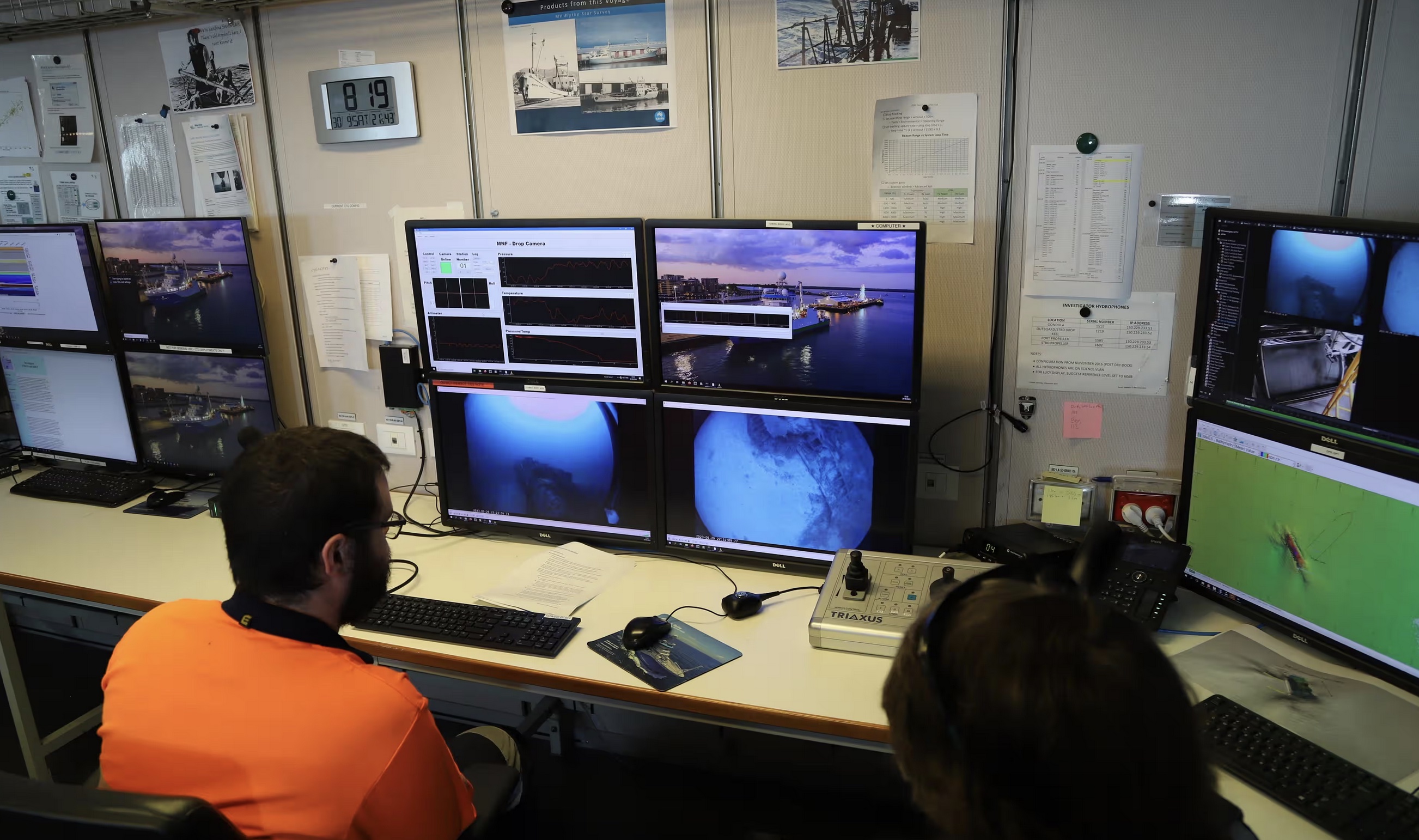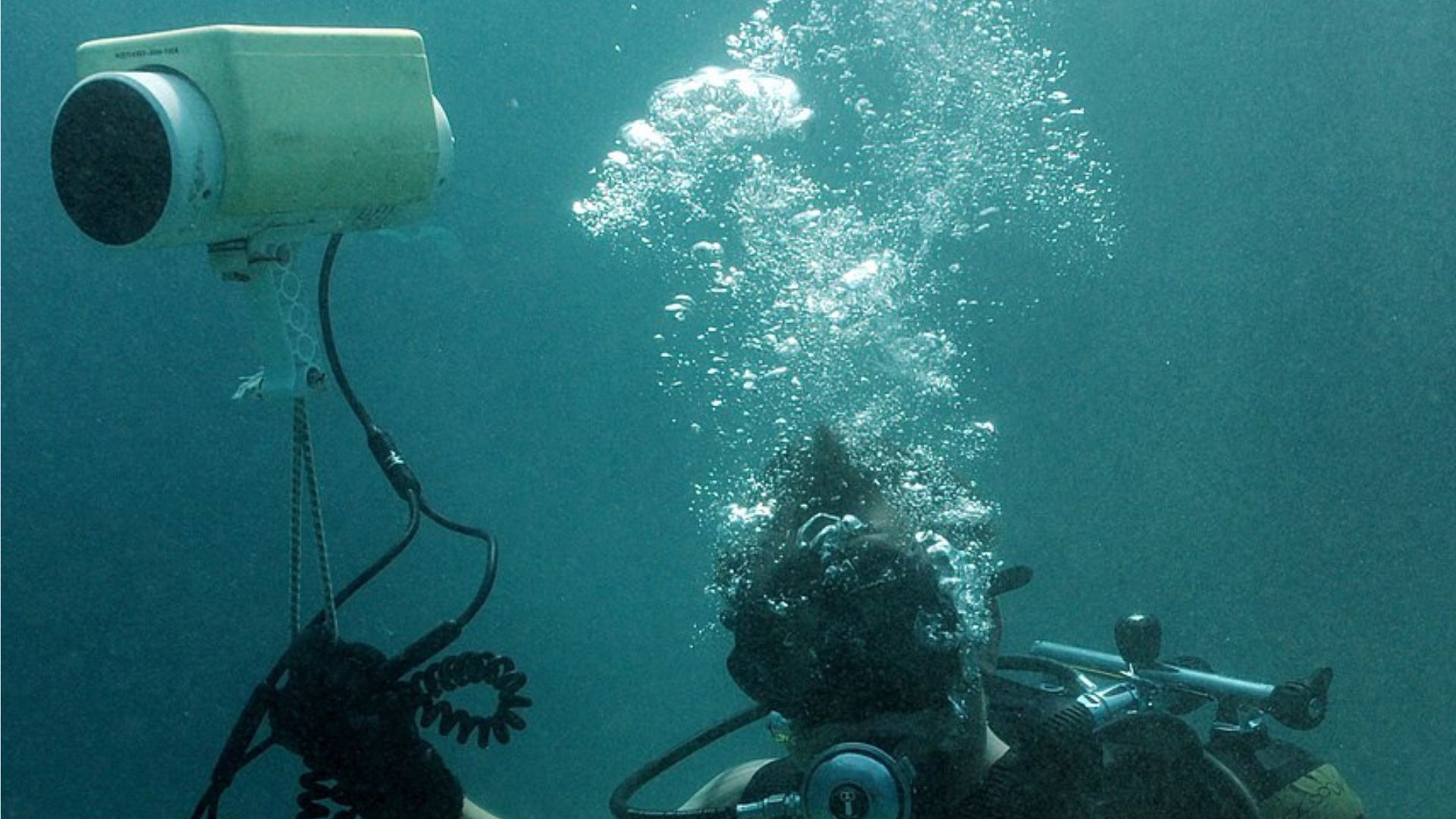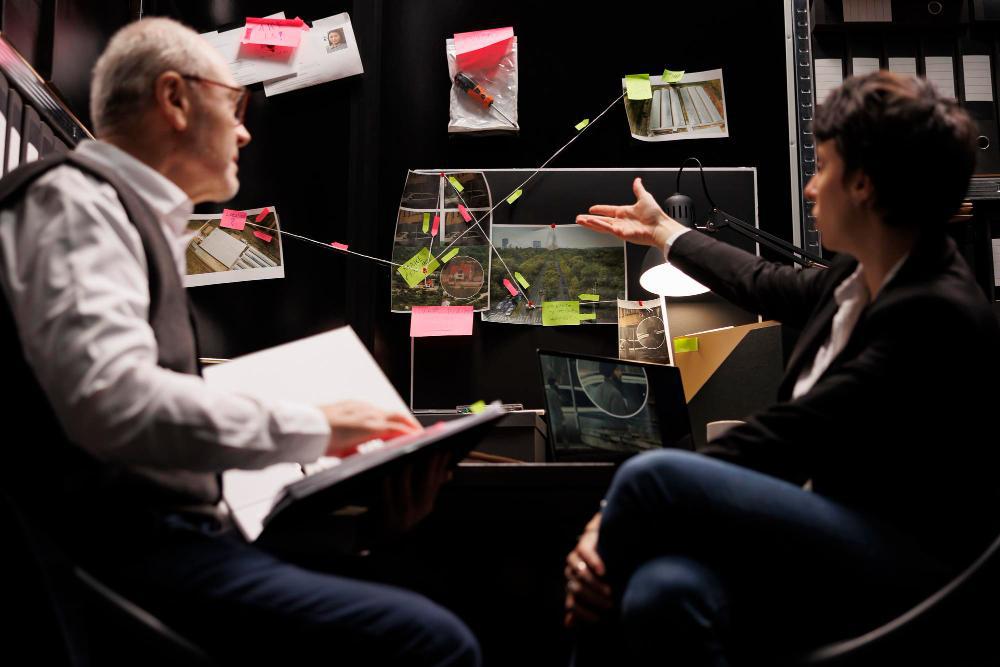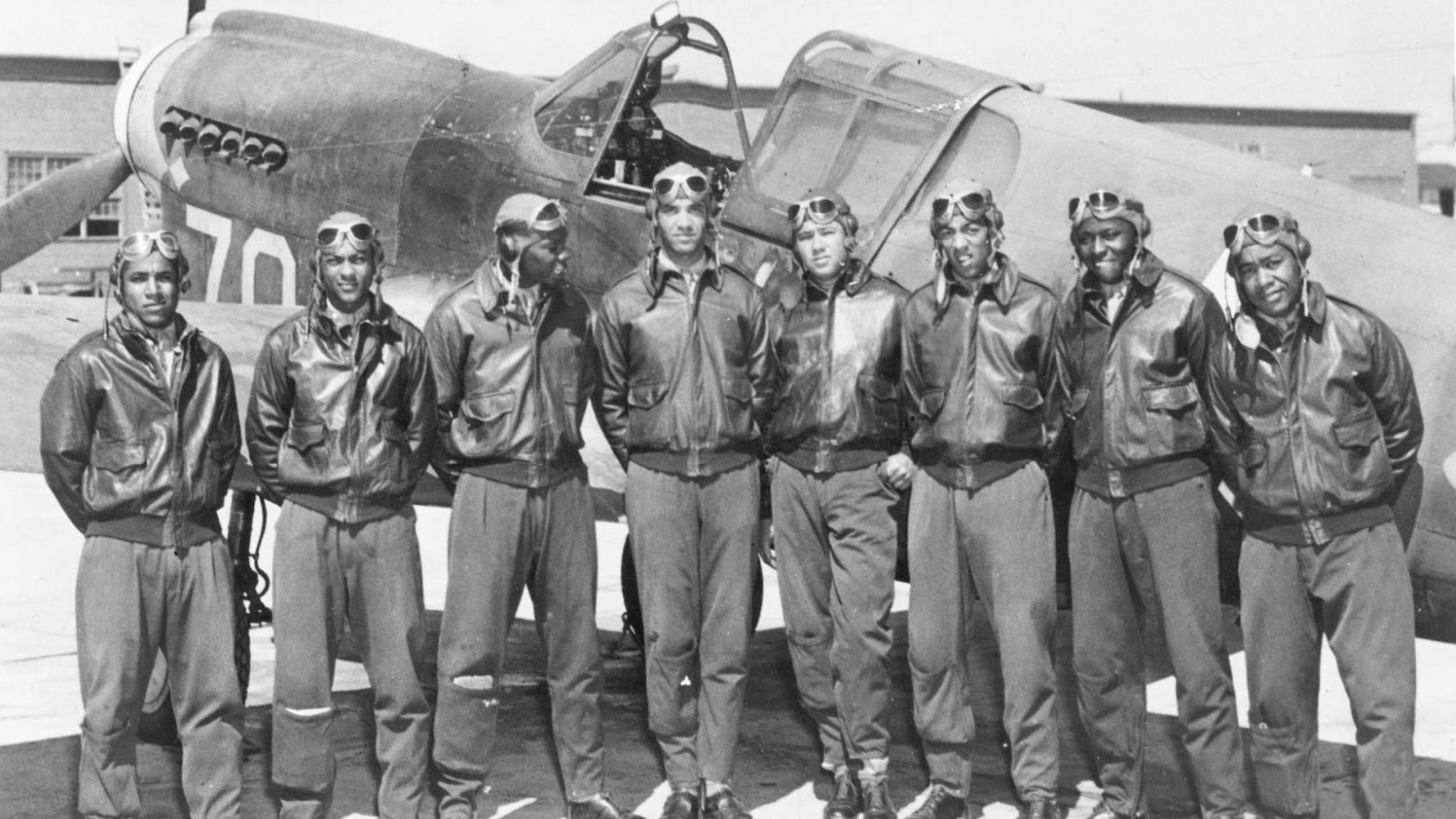Long-Lost Jet That Vanished in 1971 Finally Discovered in Vermont Lake
On a snowy night in January 1971, a private jet carrying five men vanished after departing from Burlington airport, Vermont. The jet was en route to Providence, Rhode Island, and disappeared shortly after takeoff, leaving no trace behind.
Initial searches yielded no results, and the lake froze over days later, further complicating recovery efforts.
Who Was Onboard?
The flight carried two crew members and three employees from Cousin’s Properties, an Atlanta-based development company. These men were working on a project in Burlington and were returning home when the jet vanished.

Source: Freepik
The disappearance left their families and colleagues in a state of distress and uncertainty for decades.
Early Search Efforts
After the jet went missing, search teams scoured the area, but no wreckage was found. Lake Champlain’s depths, reaching 400 feet, and the frozen surface made the search challenging.

Source: Freepik
As the ice melted in spring, debris was found on Shelburne Point, but the main wreckage remained elusive.
Persistence in the Search
Over the years, at least 17 search attempts were made to locate the missing jet.

Source: CSIRO
The most recent effort in 2014, inspired by the disappearance of Malaysia Airlines Flight MH370, used advanced technology but still failed to find the wreckage. The relentless pursuit for answers continued.
Breakthrough Discovery
Last month, underwater search expert Garry Kozak and his team made a significant breakthrough.

Source: Sime Basioli/Unsplash
Using a remotely operated vehicle, they located wreckage in Lake Champlain at a depth of 200 feet near Juniper Island. The jet’s custom paint scheme matched that of the missing plane, providing a crucial clue.
The Role of Technology
The discovery was made possible by modern sonar technology, which captured images of the wreckage.

Source: Wikimedia Commons
According to Kozak, jets often break into many pieces, making them hard to detect. The sonar images showed a jet that resembled a pile of rocks, easily mistaken for geological features.
Confirming the Findings
“With all those pieces of evidence, we’re 99% absolutely sure,” said Kozak about the wreckage.

Source: KamranAydinov, Freepik
The location and characteristics of the found jet align with historical data, bringing a long-awaited sense of closure to the families of the victims.
Families React to the News
Relatives of the victims expressed mixed emotions upon hearing the news. Barbara Nikita, niece of pilot George Nikita, described the discovery as both peaceful and sad.

Source: Freepik
Frank Wilder, son of passenger Frank Wilder, felt relieved yet faced with new questions about the circumstances of the crash.
Gathering Pieces of the Puzzle
Barbara Nikita and her cousin Kristina Nikita Coffey played pivotal roles in recent search efforts.

Source: Ann H/Pexels
They reconnected with other victims’ families, sharing information and documents that provided a clearer picture of the event. Their collaboration was instrumental in the discovery.
Official Investigations
The National Transportation Safety Board (NTSB) is now investigating to confirm the plane’s identity.

Source: Freepik
However, no plans for salvage operations are in place due to the potential high costs. The investigation aims to verify the findings and provide official documentation of the crash site.
Memorial Plans
With the wreckage located, the victims’ families plan to hold a memorial service.

Source: Public Domain/RawPixel
The event will offer a moment of remembrance and closure for the relatives, who have spent decades in uncertainty.
Historical Significance
This discovery follows a similar event last year when a Tuskegee airman’s World War II-era plane was found in Lake Huron.

Source: Public Domain/Wikimedia Commons
Both cases highlight the importance of persistence and technological advancements in solving long-standing mysteries, bringing closure to families and adding to historical records.
